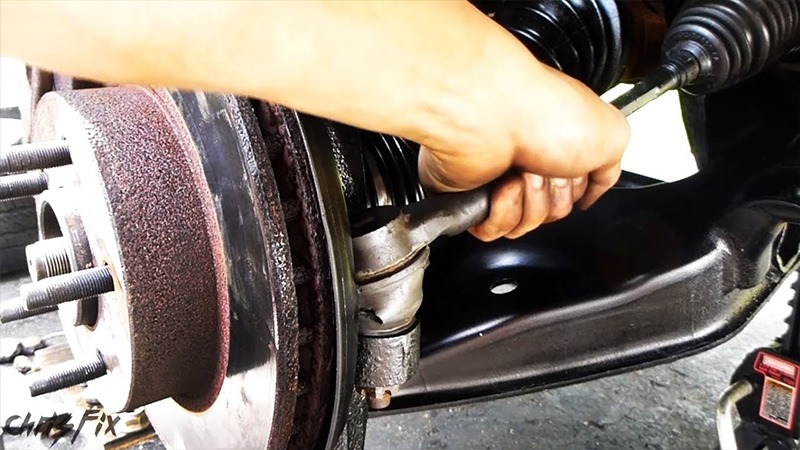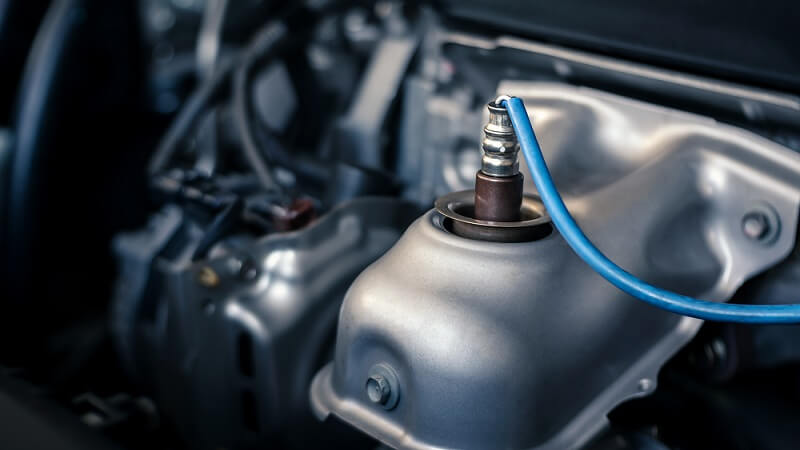If you think that it is time to replace the tie rod ends in your vehicle, first of all, you need to know some basic symptoms of a failing tie rod end. A damaged tie rod can be a serious problem for your vehicle. There are some easy solutions to deal with these issues. Let’s look at some information about tie rod ends which you need to know.
What is a tie rod end, and what does it do?
A tie rod is a part of the steering mechanism in a vehicle. A tie rod consists of an inner and outer end. The tie rod transmits force from the steering center link or rack gear to the steering knuckle. This will cause the wheel to turn. When you turn the steering wheel, it transmits that movement through various steering components until the tie rod ends push or pull the wheel and make the wheels turn. Tie rod end is very important for your vehicle’s safety. The simply looking outer tie rod end contains some internal parts such as:
- The long shaft body passes steering movement to the ball stud
- The rounded part houses several bearings that give you proper steering movement even while compensating for bumpy roads
- There’s usually a grease fitting on the back allowing the bearings to spin freely inside the housing
- The bushing is there to keep road grit out of sensitive internal parts
- The threaded bolt end goes into the steering knuckle
- The inner tie rod end straight body connects to a bearing housing. It’s all covered by a rubber protective dust boot.

How to tell if tie rod ends are bad?

It is effortless to determine the tie rod end failure. Using the weight jack or jack stands, raise the front of the vehicle. When the wheels are off the ground, put your right hand on the midpoint and the right on the tire and check by pressing first with left, then right, alternating a push/pull movement on each side. If there is play or slop, it’s worth investigating further. Remove the wheel and check underneath. The tie rod end is located behind the brake rotor and hub. Check for any damages. If the bushing is torn, odds are road grit has accumulated inside and destroyed it, so you will need to replace the tie rod. If the bushing is in good shape, touch the outer tie rod carefully, and shake it. If it easily moves from side to side, it’s time for a replacement.
Preventative Maintenance is key
Whenever you change oil, grease the tie rod ends. Also, check for grease on the outer edge by the bushing. Clean it up and lubricate it with a grease gun filled with proper oil. The new grease pushes out the old, as well as any collected contaminants and road grit. If you maintain your tie rod ends regularly, you will not need a tie rod replacement for a long time. If they get damaged, then the only way is to replace them.






